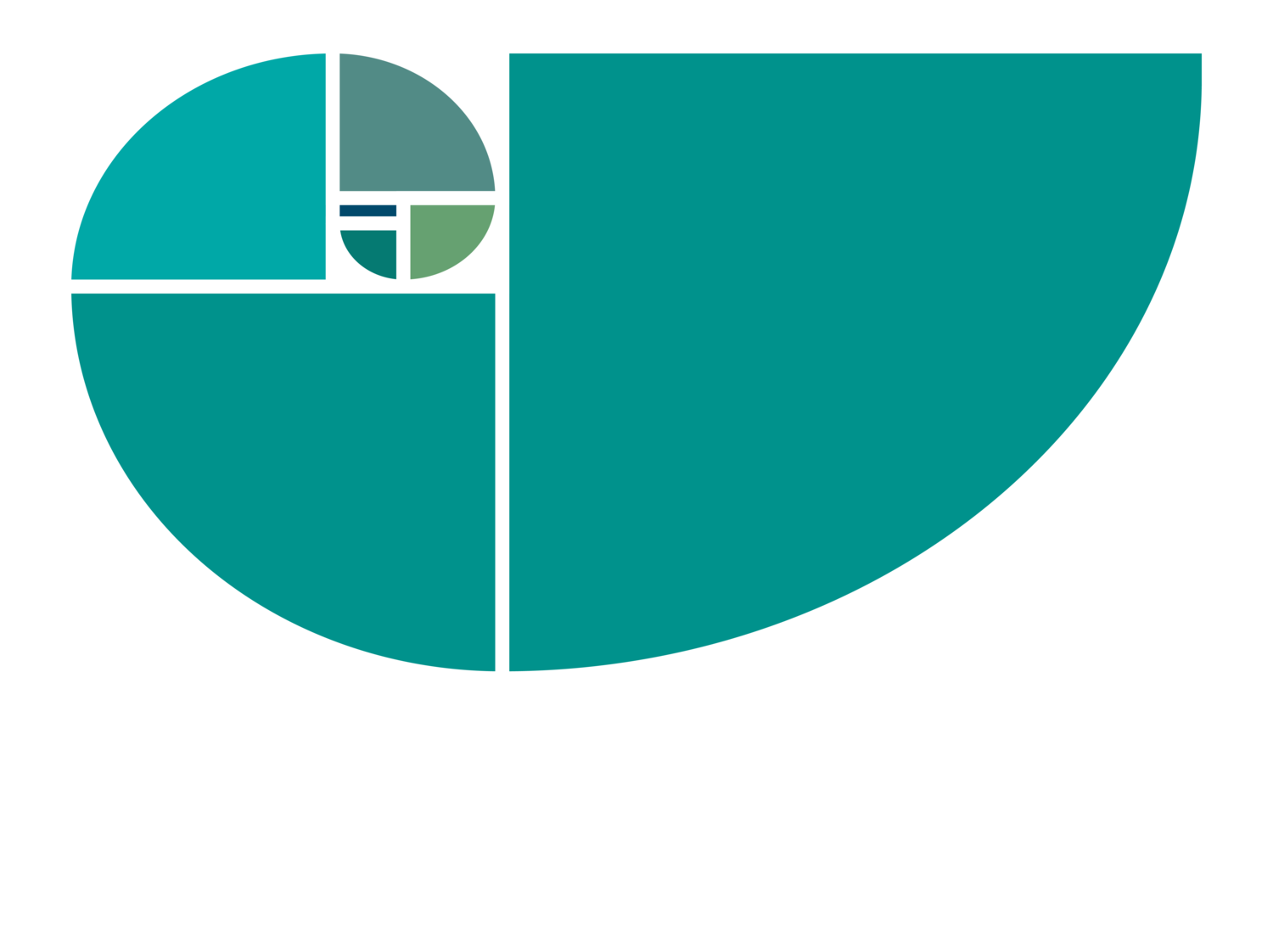After decades of guiding leaders and managers through a wide-variety of personal and company changes, as well as enduring and thriving through my own life changes, I’ve found that understanding the 3-D’s of change can make the difference between success or an aborted change that ends up with more problems that it’s worth.
Explore these 3 strategies. They will help you plan for and guide change across all industries. You’ll be surprised how you can increase the success rate of changes as you use these 3 D’s.
Since change is inevitable and most of us lead change in living systems versus machines (think people and teams and all their complex feelings, thoughts, inclinations) it’s useful to continually refine our strategies for introducing and managing change. Plus, I’ve found that it improves your leadership resilience when you work in concert with the nature of change rather than acting like change is linear and you can simply exchange one part/person/product for another.
The First D: Degree – What is the Extent of the Change?
Like Captain Pickard in Star Trek, the first priority is to assess the Degree of unknowns. How much change do you want to make? Is it a Minor change with minimum differences or a Major change, involving multiple layers of intersecting people and systems? Or is it a Transformative level of change that involves a fundamental shift in the way business is done involving beliefs and ways of thinking as well as actions and systems?
Changes get stalled, even the best ideas ignite illogical resistance and end up with unintended and sometimes damaging consequences if you act like it’s a simple minor change but the change feels major to those involved. When you assess the Degree of change ahead of time, ask key stakeholders who will be affected to give you their assessment – you cultivate readiness, develop acceptance for the need for change and improve the willingness of key people to go through the chaos that inevitably follows.
The Second D: Developmental Phases – Change is a Journey
Whether you are planning change that involves an entire corporation, your team or your closet at home, there is a transition from the present state to an altered future state. During this transition, the way you have always done things can be superficially rearranged or profoundly challenged. It is a journey. People, agreements, structures, behaviors and ways of thinking all develop, grow, expand, arise, fall apart and work out as you go through the common stages of the transition passage.
William Bridges brought the three-stage roadmap of transitions to mainstream culture with his book, Transitions: Making Sense of Life’s Changes. Bill identified 3 stages - The Ending, The Neutral Zone and The New Beginning. His insight that any change starts with the ending reminds us of the importance of time for grief as well as clarity on what is ending and what stays the same.
Leaders who are proactive typically suffer less consequences throughout the change process. You can start by assessing who is in which stage – who is still Ending the past, or unaware that change is needed/ who is in the chaos of the middle passage, and who is in the final stage, stepping into the New Beginning. Design your change strategies to work with people who are in each stage.
The Third D: Dimensions of Change
A change is incomplete without shifts in the three dimensions of behavior, structure and consciousness. These shifts involve both people and the organization. When any one of the three is missing, the system easily reverts to old ways of doing things.
It takes web-like awareness to understand how a change ripples out to affect others. You know that anyone can offer a “good idea” for change, but real change does not happen until the whole system, or web of relationships, agrees to change.
You understand that change unfolds in dynamic, nonlinear, non-rational and intuitive ways and that any system needs to build readiness before a change can take hold. Employing the 3-D framework — Degrees, Developmental Stages, and Dimensions— increases leadership resilience.
Many leaders I’ve worked with over the past several decades in multi-national corporations, small firms and partnerships use the 3-D framework to anticipate the emotional, dynamic and irregular progression of change. You can immediately apply them for greater effectiveness in making changes - whether in business or in life.
P.S. This is an element of the curriculum of the Next Octave Women’s Leadership Program where you’ll learn to proactively identify emergent changes (before they become a crisis) and guide those changes for positive outcomes for everyone. Applications are now available.
The 3 Ds of Change were first published in 1984 in Transforming Work. Dani Perkins was my co-author. The full model was again published in other books and articles on change. This article was first published as a Linkage Leader Article – 9/2011

